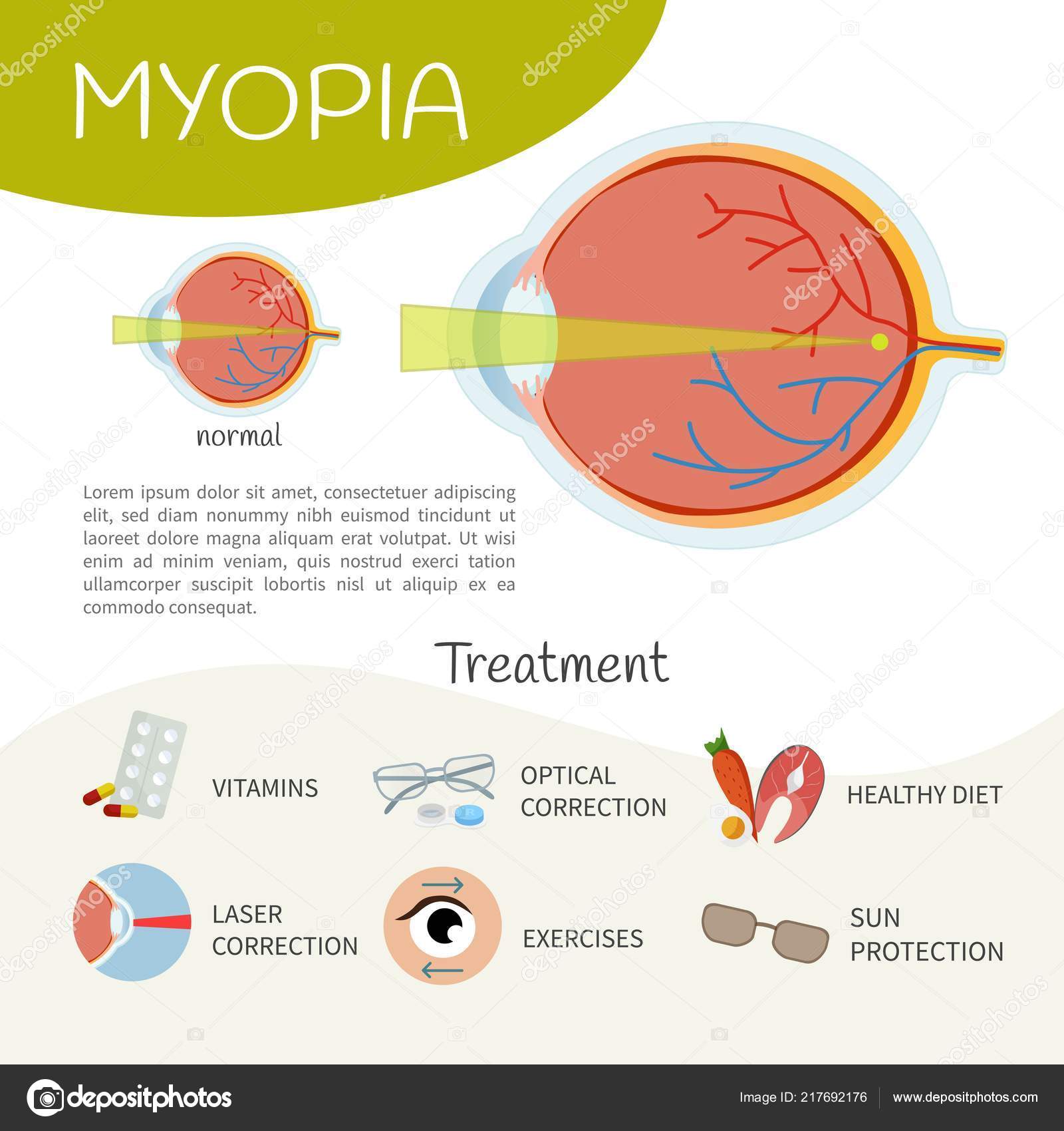An In-Depth Evaluation Of Modern Cataract Surgery Approaches
An In-Depth Evaluation Of Modern Cataract Surgery Approaches
Blog Article
Article Created By-Cullen Meyers
As you explore the development of innovative cataract surgery methods, you'll witness a trip marked by resourcefulness and precision. From old approaches that paved the way for modern developments to innovative technologies that are reinventing the field, the extensive overview of cataract surgical procedure methods is a testament to human progress and commitment to enhancing individual results. The complex interplay in between historical strategies and futuristic innovations creates a fascinating story that sheds light on the development of among the most typical surgical procedures worldwide.
Historic Techniques and Developments
Discover how early specialists reinvented cataract treatment by employing ingenious strategies and tools. In the past, cataract surgical procedure was a dangerous and painful treatment. However, ancient Indian physicians were amongst the initial to attempt medical interventions for cataracts, utilizing a method called 'formulating' where a sharp tool was used to push the cataract back right into the eye. This technique, though crude by today's standards, laid the groundwork for future advancements in cataract surgery.
As time proceeded, Arab physicians made significant payments by creating specialized needles for cataract extraction. These needles were utilized to pierce the cataract and then remove it from the eye, noting a considerable improvement in surgical accuracy.
Later, in the 18th century, the French doctor Jacques Daviel pioneered the technique of extracapsular cataract removal, where the whole lens was gotten rid of intact with a larger incision. This marked a major improvement in cataract surgical procedure strategies, paving the way for the contemporary procedures we utilize today.
Modern Surgical Approaches
Early methods in cataract surgical procedure have actually advanced dramatically, bring about the development of modern surgical strategies that focus on accuracy and improved individual end results. Modern cataract surgical procedure currently usually entails a treatment called phacoemulsification, where an ultrasonic gadget separate the cataract for removal via a little laceration. https://www.dovepress.com/incidence-and-management-of-symptomatic-dry-eye-related-to-lasik-for-m-peer-reviewed-fulltext-article-OPTH allows for quicker healing and reduces the risk of difficulties contrasted to older methods.
Additionally, making use of advanced intraocular lenses (IOLs) has actually revolutionized cataract surgery results. These lenses can correct not just the cataract however likewise various other refractive errors like astigmatism, decreasing the need for glasses post-surgery.
Surgeons today additionally have accessibility to advanced imaging technologies that aid in accurate preoperative planning and intraoperative decision-making. Optical comprehensibility tomography (OCT) and other imaging methods supply comprehensive photos of the eye's frameworks, enabling a more customized technique per individual's surgical procedure. With these advancements, modern cataract surgical procedure strategies continue to boost, supplying patients more secure procedures and better visual end results.
Emerging Technologies in Cataract Surgical Treatment
With improvements in modern technology changing the field, cataract surgery is seeing the integration of cutting-edge techniques for boosted person results. Emerging technologies in cataract surgical procedure are reshaping the landscape of ophthalmic procedures. Top Lv Nevada Doctor is femtosecond laser modern technology, which allows for exact corneal cuts, capsulotomies, and lens fragmentation, causing boosted medical precision and end results.
In addition, intraoperative aberrometry is getting appeal, enabling real-time measurements of refractive errors during surgical treatment to enhance intraocular lens power estimations and reduce postoperative refractive shocks.
Furthermore, using advanced imaging innovations like optical coherence tomography (OCT) and intraoperative wavefront aberrometry aids surgeons in precise medical planning and implementation. These devices provide thorough anatomical details and assistance customize surgical techniques for each and every individual's special eye features.
In addition, growths in artificial intelligence are being explored to help in preoperative planning, intraoperative decision-making, and postoperative care, possibly maximizing surgical outcomes and client satisfaction. Embracing these emerging modern technologies in cataract surgical treatment holds promise for more enhancing individual outcomes and making certain the continued advancement of ocular medical techniques.
Conclusion
As you journey via the background of cataract surgical procedure, you witness the transformation from old techniques to sophisticated technologies. Like a phoenix climbing from the ashes, cataract surgical procedure has actually advanced right into a beacon of hope and innovation.
Equally as a caterpillar arises from its cocoon as a gorgeous butterfly, cataract surgery has developed right into a refined art type, offering people more clear vision and a brighter future.
The evolution continues, radiating a light on endless opportunities.
